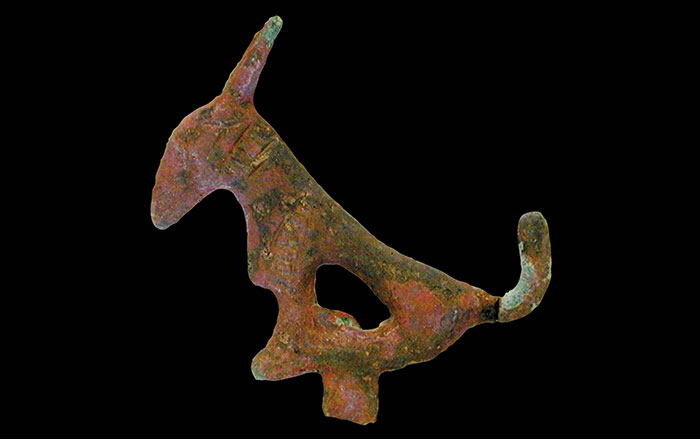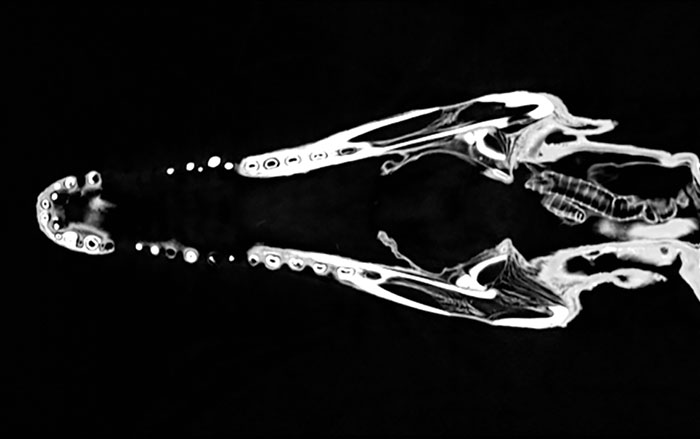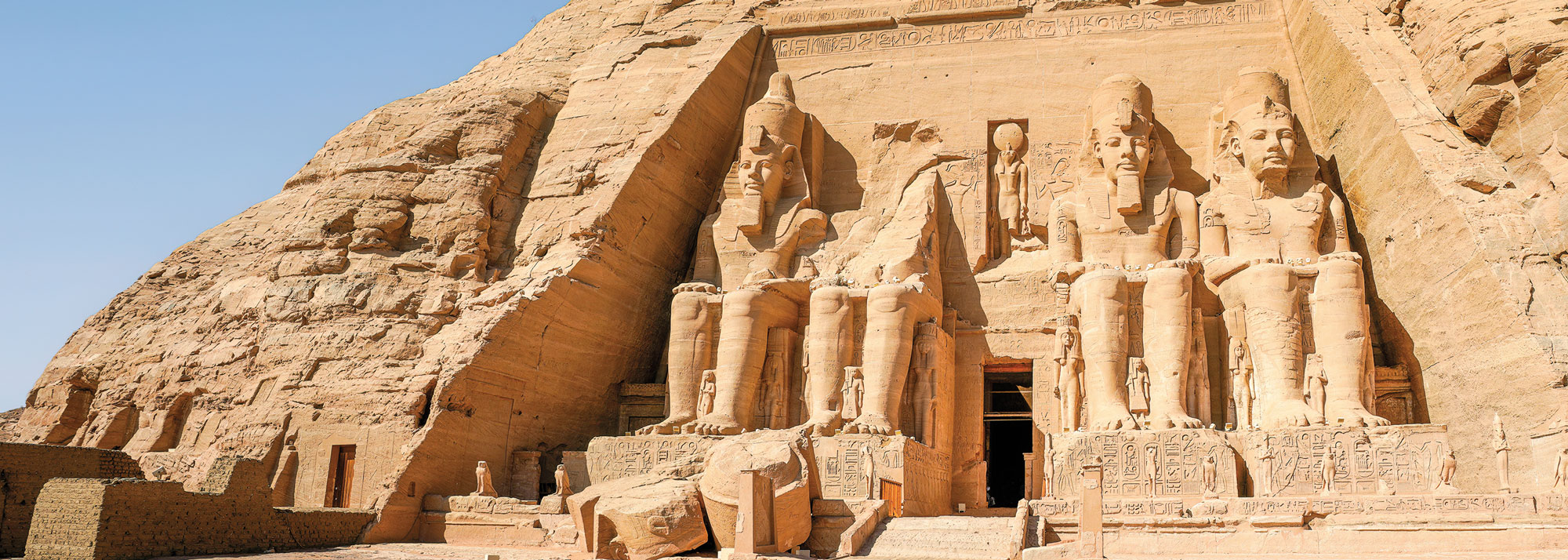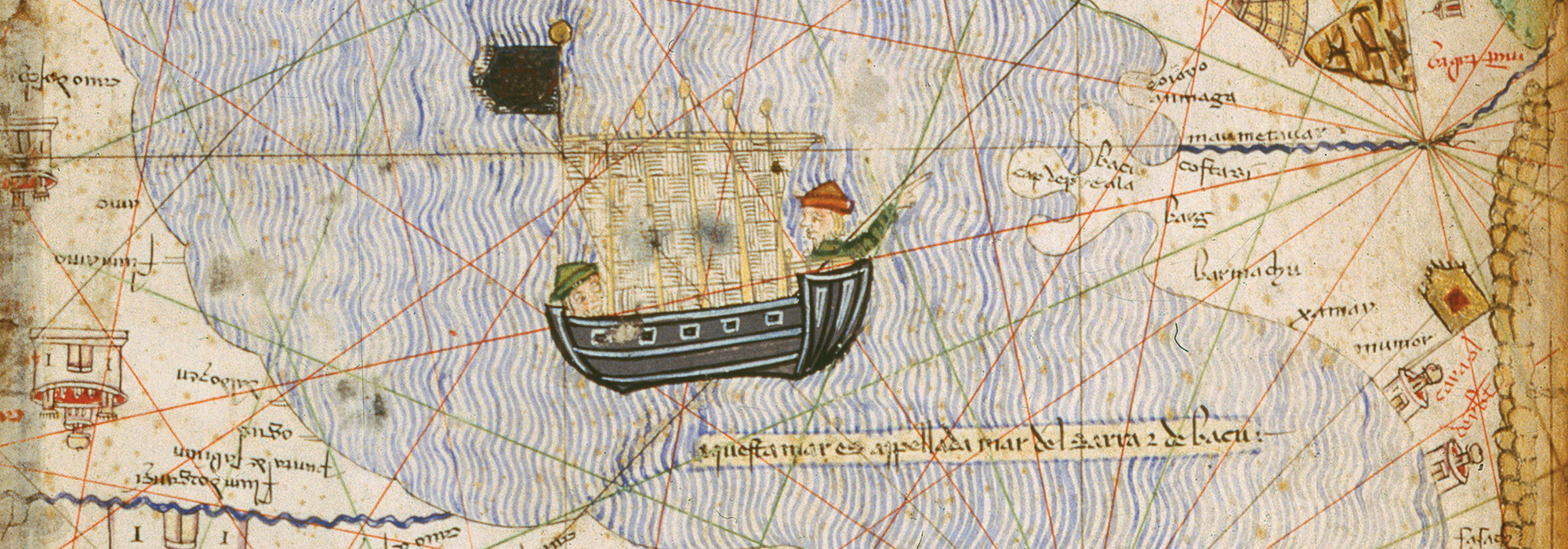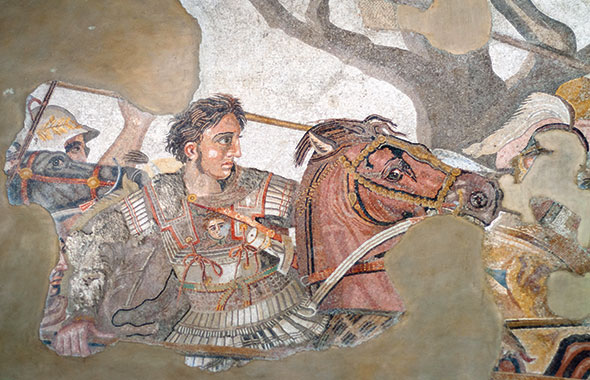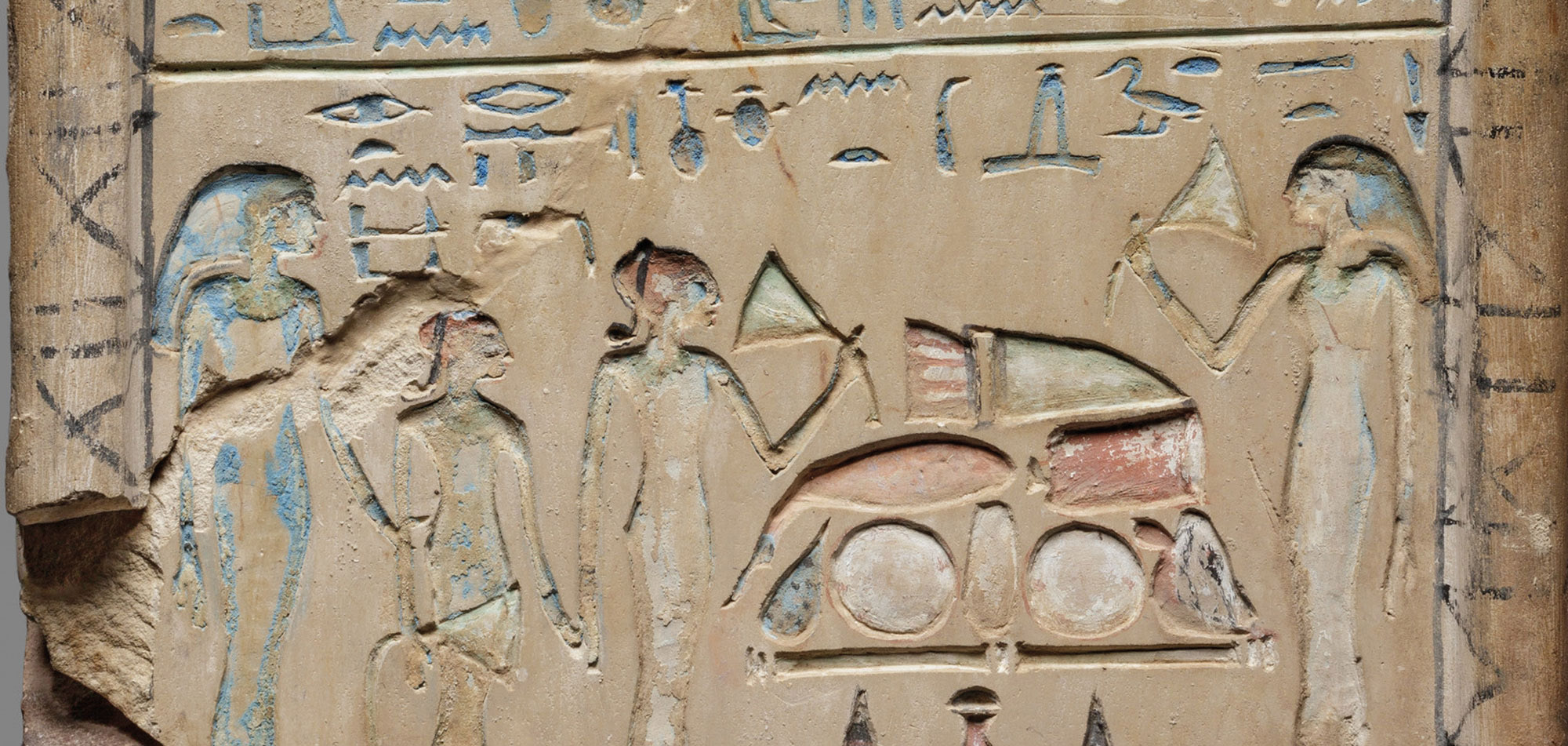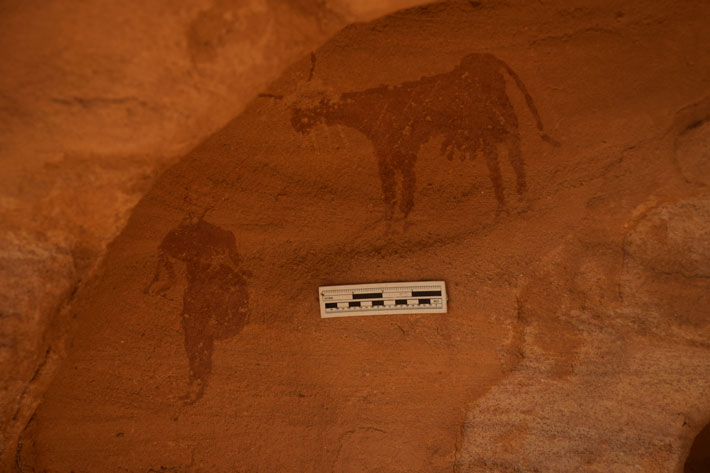
SYDNEY, AUSTRALIA—Rock art depicting boats and cattle has been discovered in Sudan’s Atbai Desert, more than 60 miles from Wadi Halfa and the shores of Lake Nubia, according to a Cosmos Magazine report. The images have been dated to 5,000 years ago. “At this early prehistoric period, we have almost no evidence of Egyptians or Nubians going this far into the desert and that’s why it was really unexpected to find this large scene of boats,” said Julien Cooper of Macquarie University. He and Dorian Vanhulle of the Polish Academy of Science and their colleagues suggest that the well-made carvings indicate that the artists were at the site for some time. The climate, therefore, must have been able to support grasslands for cattle and nomads some 5,000 years ago, Cooper explained. “And what we know happened is it was a collapse in the African monsoon,” not long after these engravings were made, he added. As the monsoon collapsed in northern Africa, nomads would have been forced to move further south and towards the Nile River, where early farmers were growing crops and the ancient Egyptian and Nubian states began to form. “And we don’t think this is an accident,” Cooper said. “We think that something related to this climate shift and migration caused a demographic and migratory upheaval that would eventuate in the beginnings of the Egyptian state,” he surmised. Read the original scholarly article about this research in The Journal of Egyptian Archaeology. To read about excavations of a city along the Nile, go to "A Nubian Kingdom Rises."


